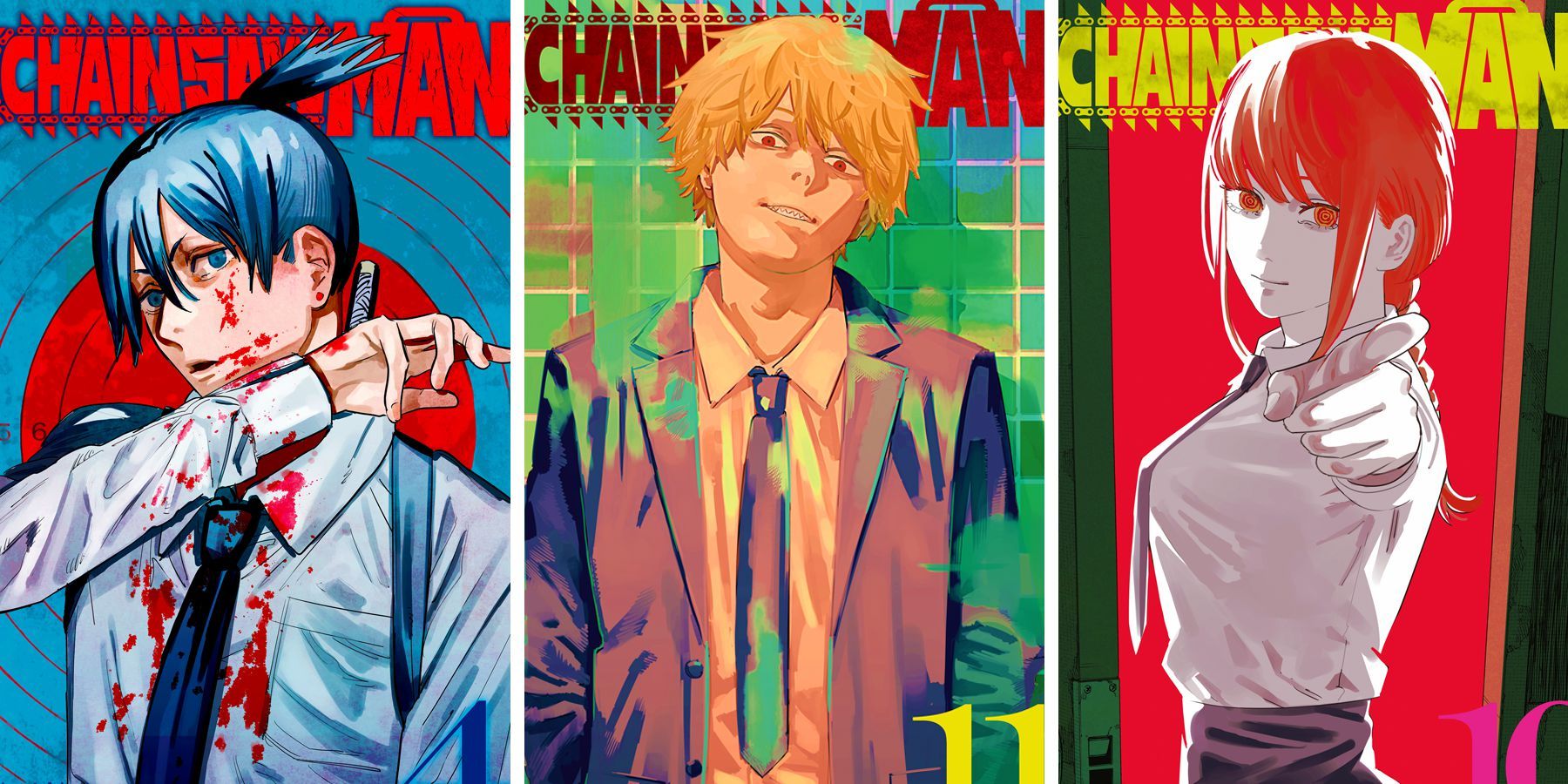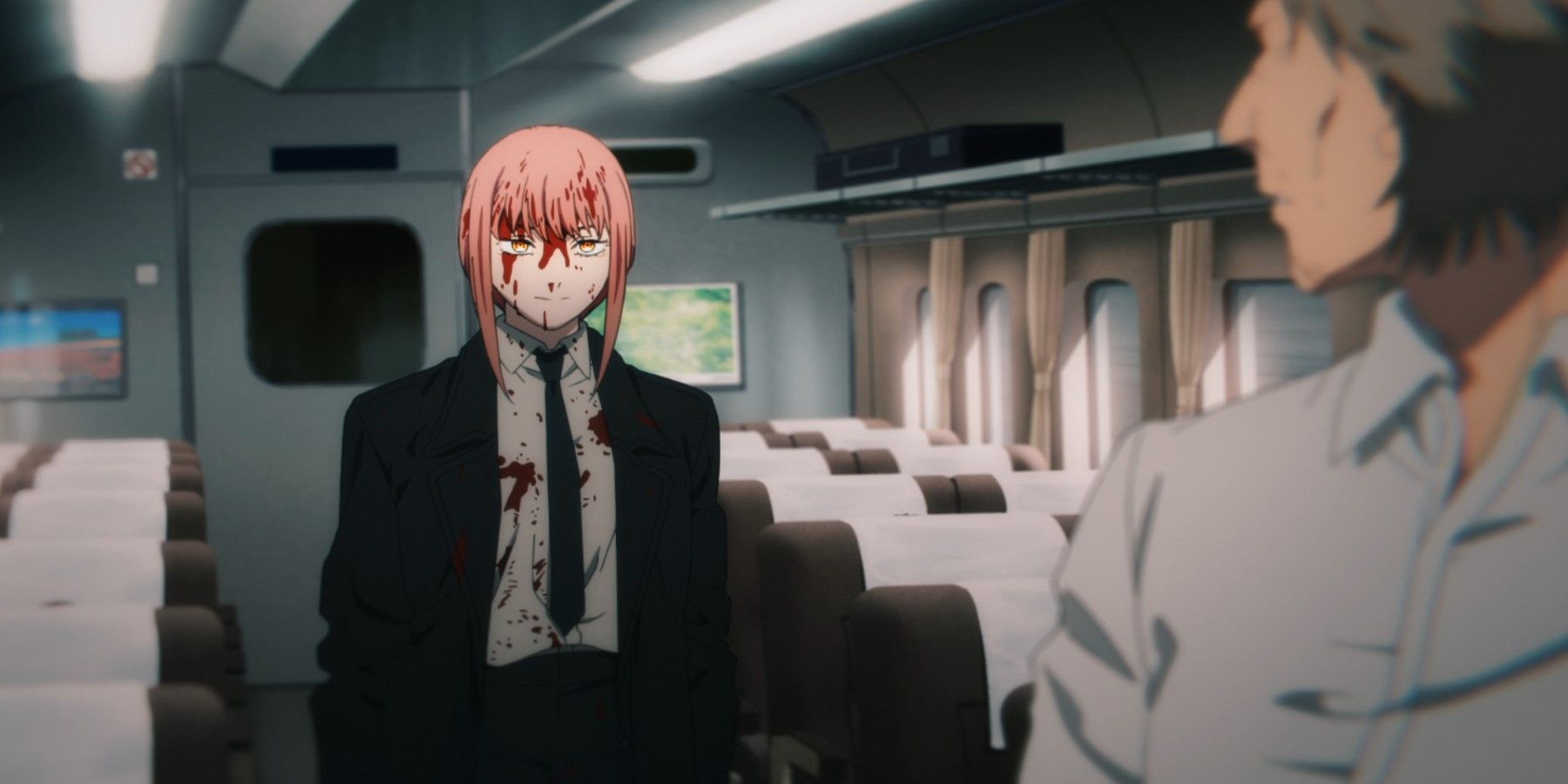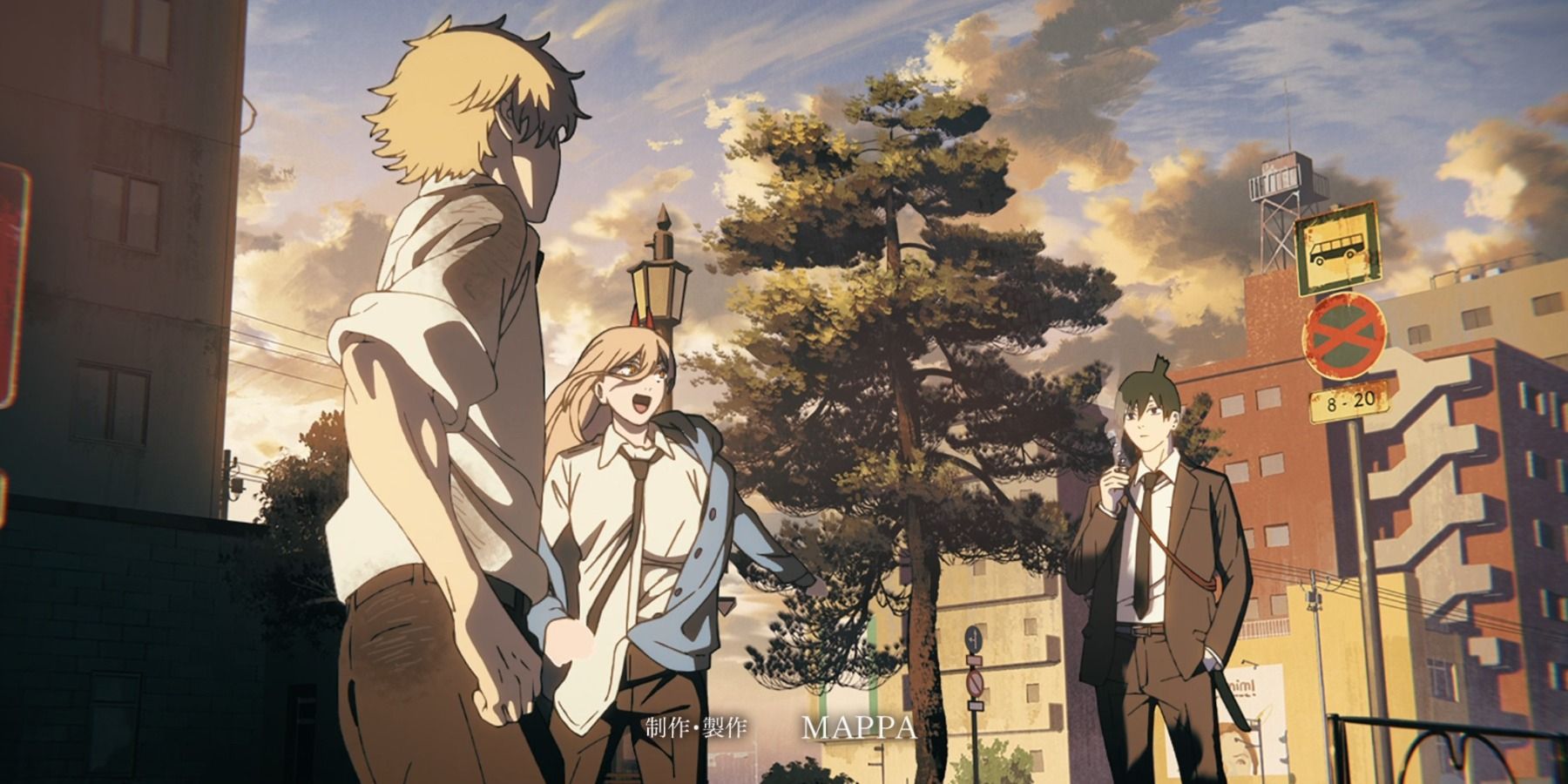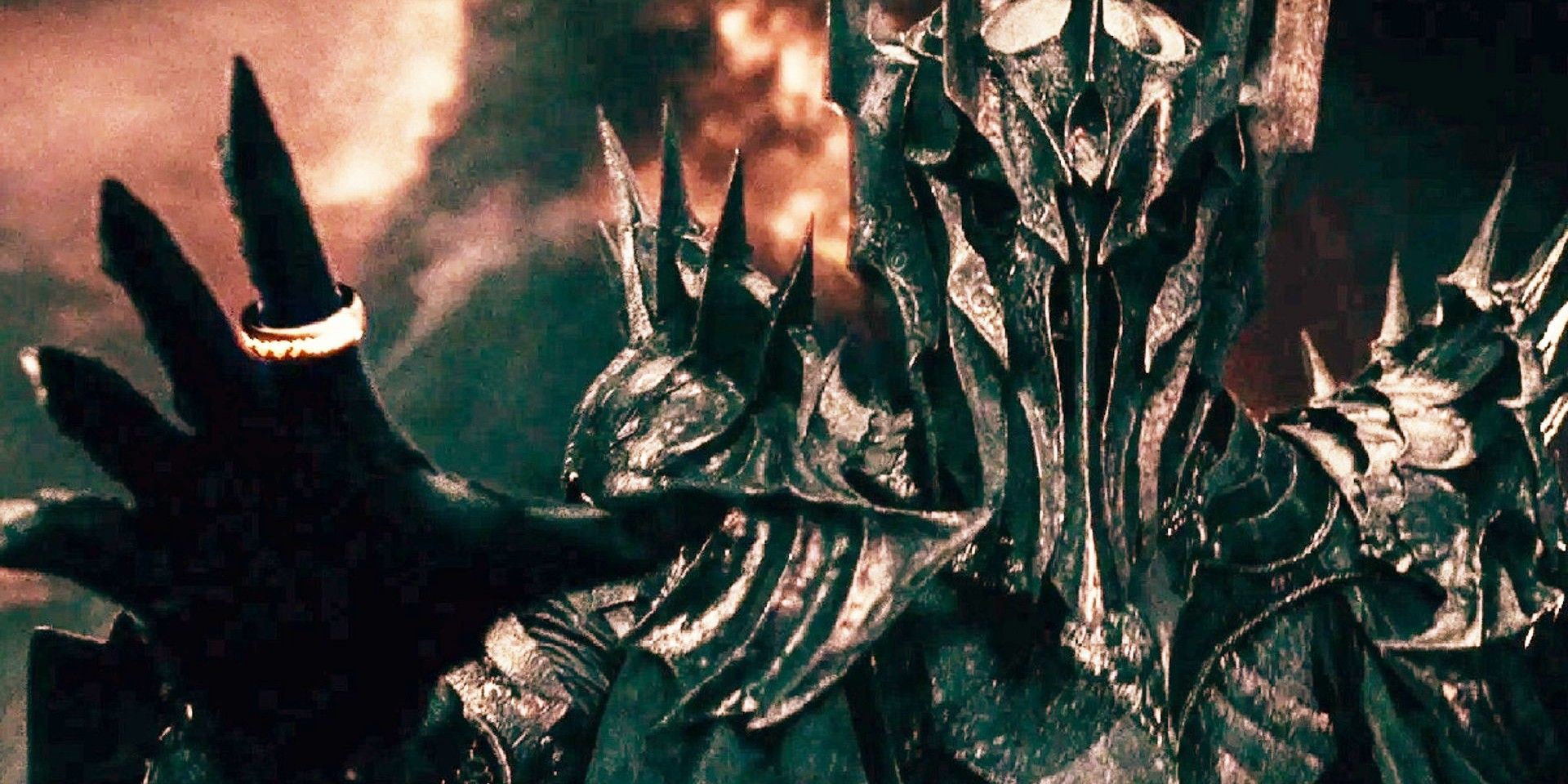
Chainsaw Man: Will the Anime Match the Manga's Brilliance?

Discover the potential challenges facing Chainsaw Man's anime adaptation and why it may struggle to match the unique strengths of the manga Explore possible alternatives for the anime's approach to deliver a satisfying viewing experience
Chainsaw Man by Tatsuki Fujimoto is undoubtedly one of the most outstanding anime/manga series of the new generation, and fortunately, it has garnered a significant amount of popularity and admiration. Initially, the story centered around a boy's efforts to transform his life by hunting devils for a living, but it has evolved into a manga masterpiece that continues to captivate its audience.
However, when a manga is as exceptional as Chainsaw Man, converting it into an animated format becomes a challenge. Some claim that even the best anime adaptations fail to replicate the unique experience offered by their manga counterparts. Due to its strong foundation in the strengths of the manga medium, Chainsaw Man is arguably a prime example of this.
What Makes The Manga So Great?
Fujimoto's strength lies in the subtlety of his less detailed and anatomically accurate art, which is particularly effective in Chainsaw Man, a manga that deals with complex emotions. His precise pacing masterfully delivers these emotions through the strategic reuse of panels, whether with small changes or none at all. While this technique may seem counterintuitive, it is useful in manga where the reader controls the pacing. Repeated panels suggest a slower pace and longer moments, which can emphasize the awkwardness of a situation or imply that a character is taking time to think. Additionally, repeated panels can act as reaction panels for comedic effect, and since the images are static, readers have ample time to appreciate the details and emotions conveyed in each panel.
Many characters in the manga have stiff facial expressions, yet their dialogue and implied emotions compensate for it. Denji and Power's more expressive features stand out in contrast. The monochrome style adds to the horror, as seen in the iconic encounter with the Darkness Devil. The transitions imply incredible speed, where characters go from fine to decapitated in the blink of an eye without the need for speed lines or distortion, making it feel as if the laws of physics are being ignored.
Adapting CM to anime is challenging due to the timing constraint. Unlike manga panels that can be studied and reflected upon for minutes, anime has to maintain a steady pace, leading to actions being cut short. For instance, in the manga, Makima killing the allies of Katana Man is instantaneous, but the scene has a haunting quality that makes Makima more terrifying. In the anime, the scene is still great, but it happens too quickly, leading to missed details and observations. This is not the fault of the animators but rather a limitation of the medium.
The initial ambush by Katana Man against Denji and his friends is another scene that falls short in the anime adaptation. In the manga, Aki's Curse Devil is portrayed as a powerful entity that hammers in his sword stabs from beyond the panels, giving the impression that it is unbound by the rules of the world. However, in the anime, the lack of panels makes it seem like the Curse Devil's fingers exist within physical space, which is much less terrifying. Additionally, when the Curse Devil kills Katana Man, the anime chooses to pan slowly up its skeletal body, which detracts from the instant and brutal attack that was depicted in a single panel in the manga. The decision to not animate the bite itself also fails to sell the ferocity of the attack. The animators were caught between following the manga and making their own decisions, resulting in a middle-ground that falls a little flat.
What Could It Do Instead?
The limitations of animation prevent it from achieving the same impact as still images. Maintaining the same level of significance for every moment in an anime would result in a slower pace, longer episode count, and increased production costs, all without any guarantee of meeting the manga's standards. Nevertheless, anime has its own unique strengths, such as motion, sound, and color, that it can capitalize on. Voice acting, in particular, provides an advantage over the source material. Hearing Power's crazed laughter or Denji's manic smack talk is more impactful than simply imagining it. Fortunately, the anime has a talented voice cast to bring these characters to life. The animation itself is also remarkable, making action scenes more dynamic and readable than the manga. While the anime may not be able to match the terror of the Darkness Devil's entrance through visuals alone, its music can go a long way in giving viewers a comparable experience.
The anime's opening and ending songs not only provide an enjoyable bonus for viewers, but also add to the characterization of the cast and strengthen the show's auditory identity in the minds of the audience.
















